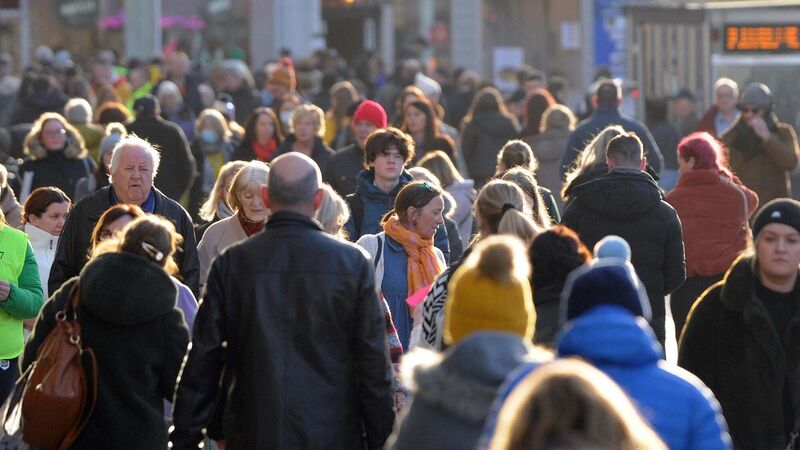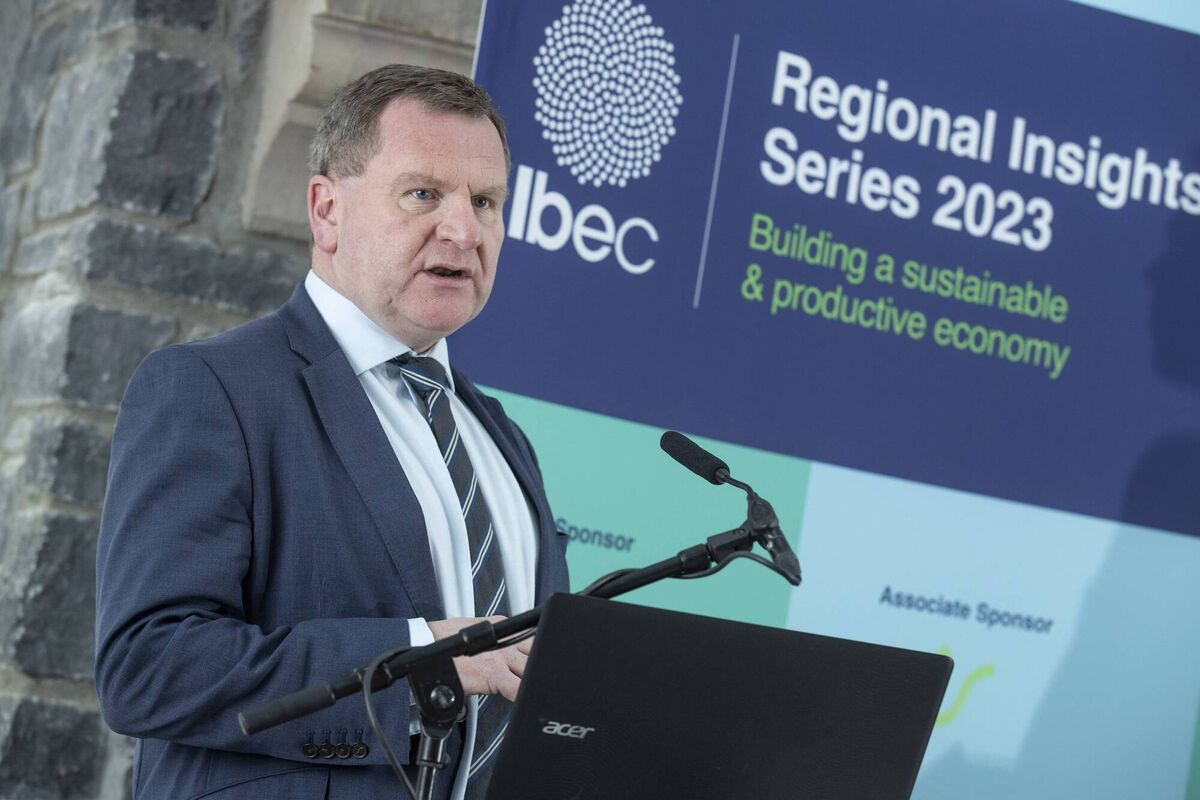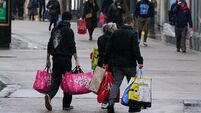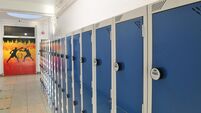Gerard Brady: Capacity restraints are a bigger risk than slow growth

The global economy is having a difficult moment, with inflation and rising interest rates now starting to bite, but the Irish economy continues to outperform. Picture: Denis Minihane.
A number of organisations have released forecasts for the Irish economy in the past week, with predictions of economic growth in 2023 varying from zero to nearly 6%.
Even by the normally opaque standards of economists, this is bound to be confusing for people trying to understand what might lie ahead for their livelihoods.
The variance in headline numbers for the economy is quite simply a reflection of an Irish economy where exports, output, and thus GDP are both highly globalised and concentrated in a small number of companies.
As noted by the Fiscal Advisory Council recently, just three companies account for around a third of all corporation tax. Changes in product lines or investment decisions of a small number of highly globalised companies can swing the dial on headline measures of the Irish economy wildly.
But those swings are often just that; a swing rather than a trend. The trend we see is still one of strong growth in investment, the export base, and ultimately living standards. The global economy is having a difficult moment, with inflation and rising interest rates now starting to bite, but the Irish economy continues to outperform.
In recent months Ibec has held our Regional Insights Series of meetings with more than 600 attendees and 100 CEOs of major employers in every region of the country.

The insight we heard repeatedly was that, far from being an economy worried about slowing demand, Ireland is struggling to match private-sector investment levels with public capacity.
Challenges in other investment locations mean that Ireland is still a location of choice for new investment, and CEOs see substantive growth opportunities if we can deliver the infrastructure and skills to match.
This demand is reflected in the broader domestic economy. Relative to 2019, employment has increased by 12%, or more than 300,000 people. The total private sector wage bill over the same period rose by a quarter. As a result of these factors, total household disposable income is up one-quarter and the income tax and Universal Social Charge take is up by almost half.
Irish households have saved over €50bn since 2019 over and above what would have been normal if pre-covid trends had continued — the highest of all EU countries.
A fast-growing economy has created abundant resources for the State. The State holds €23bn in cash balances and a further €6bn held in the National Reserve Fund.
The Government is currently debating how to best use a cumulative surplus which will amount to north of €20bn and the due date for the next election, even after allowing for two significant budget day packages.
Very few other countries globally have the mix of both public and private cash resources available to us.
At any other time, in any other country, we would be congratulating ourselves on getting things so right. But there isn’t much backslapping going on, and for good reason.
Returning to our CEOs, the major concern beyond their own companies was ‘social cohesion’, a concern people don’t often associate with business. Whilst we have achieved important and impressive things in recent years when it comes to generating the resources that add to headline indicators of the economy, we haven’t yet cracked turning those resources into broad-based material living standards.
A failure to observe and appreciate the scale of growth in our population, in business investment and consequent demands on social infrastructure and services has left systems unable to cope.
Many of our major economic and social challenges stem from this common root. They are now a material threat to social cohesion.
It is also leading to a growing sense of a generational gap. The share of employees aged 25 to 34 living with their parents has risen from 37% a decade ago to 68% today — one of the highest such rates in Europe.
Even for those living outside the childhood home, the homeownership rate has more than halved since the mid-2000s.
The basics of a rich society, such as housing, quality public services, and modern reliable infrastructure are still out of reach for too many people.
Harnessing the abundance we now have, to build long-term infrastructure, services, and living standards to match is the challenge we now face.














